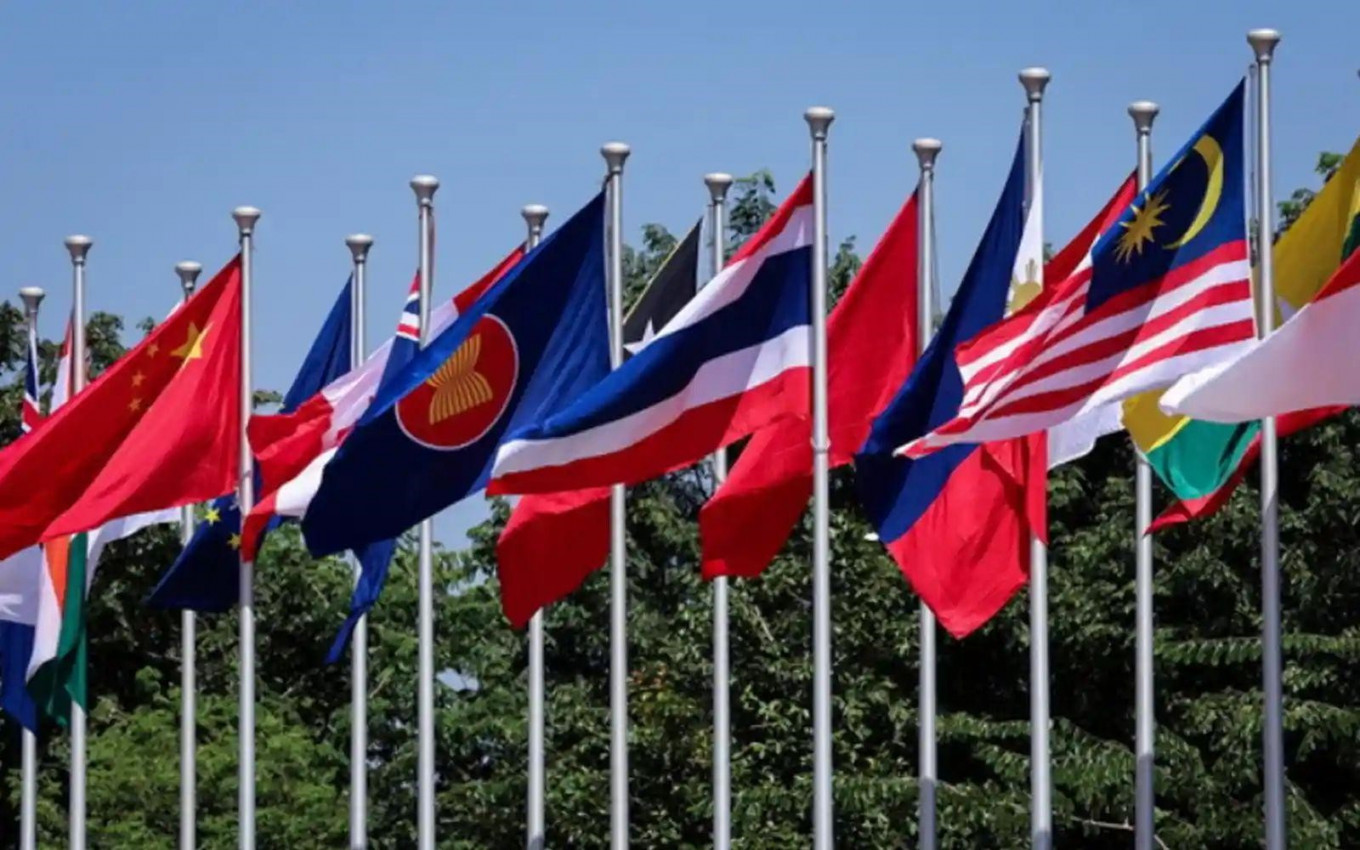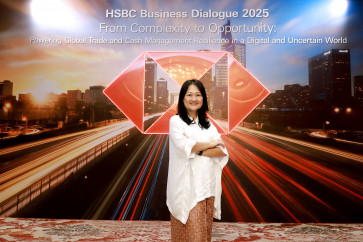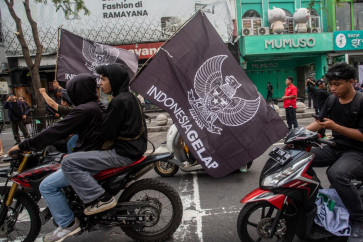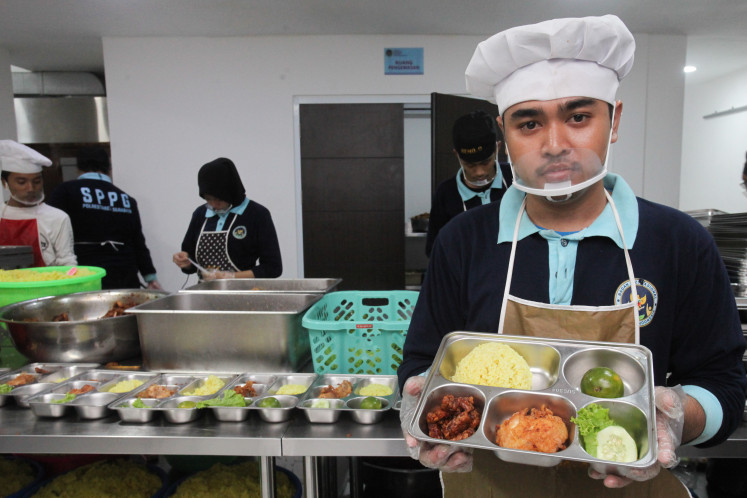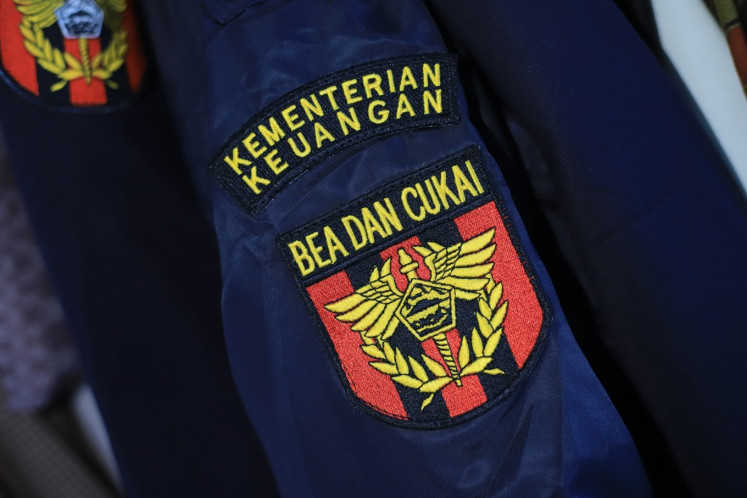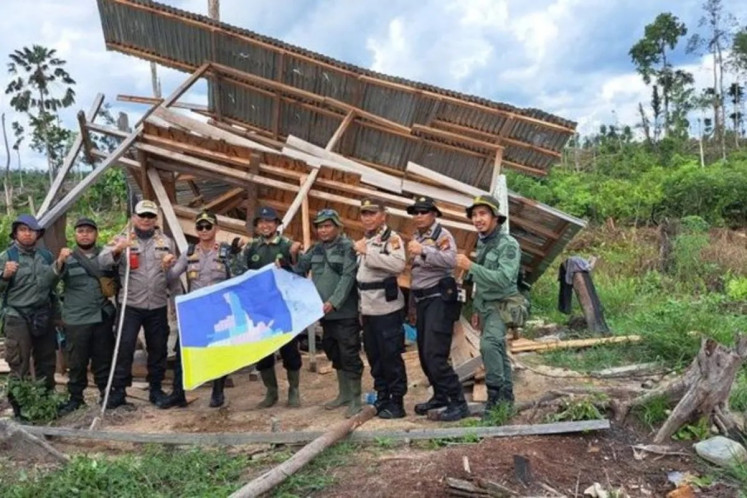Popular Reads
Top Results
Can't find what you're looking for?
View all search resultsPopular Reads
Top Results
Can't find what you're looking for?
View all search resultsASEAN navigates critical turning points following Malaysia’s chairmanship
Change text size
Gift Premium Articles
to Anyone
F
ollowing a year of high-stakes diplomacy and regional recalibration, Malaysia’s 2025 ASEAN chairmanship has provided fresh momentum for economic integration and strategic partnerships – reinforcing the bloc as a center of gravity in the increasingly contested Indo-Pacific region.
In an interview with FMT, Vietnam’s Deputy Foreign Minister Dong Hoang Giang said he had seen “strong breakthroughs in economic growth and innovation” across the region.
Over the past year, ASEAN advanced talks on the ASEAN Digital Economy Framework Agreement (DEFA), launched the ASEAN Geo-Economics Task Force and the ASEAN Community Vision 2045 and developed a more coordinated long-term strategy.
Dong highlighted DEFA, the ASEAN Power Grid and the ASEAN Digital Master Plan as new frameworks that are gradually taking shape, laying the foundation for a digital community driven by science, technology and innovation.
One achievement that stood out was the inaugural ASEAN-Gulf Cooperation Council (GCC)-China Summit on May 27, marking the first time leaders from the three blocs gathered for a summit.
Speaking at the Institute of Strategic and International Studies (ISIS)’s Asean Moment podcast, ISIS chairman Faiz Abdullah said China’s inclusion in the Summit provides the “formidable” partnership with “even more depth”.
“China’s technological advancement and financial infrastructure complement the GCC’s substantial resources,” he said, adding that ASEAN’s ability to convene diverse actors highlights its centrality amid rising geopolitical tension.
Edward Kagan, the United States’ Ambassador to Malaysia, has also underscored Southeast Asia’s strategic significance, telling FMT that the US is aware that the “most important chapters” of the 21st century will be in the Indo-Pacific.
With major powers increasingly shaping the region’s future, ASEAN has stepped up to remain in the driver’s seat, convening partners to pursue collective interests.
Meanwhile, ASEAN-Malaysia National Secretariat director general Zanariah Zainal Abidin emphasized that the Indo-Pacific is not a battleground to be won.
“It is a region where inclusivity is power, sustainability is strategy and centrality is responsibility,” she said.
“ASEAN’s strength lies in dialogue, in our ability to bridge divides and in our commitment to ensuring that the Indo-Pacific remains open, inclusive and cooperative.”
At the same time, ASEAN’s biggest challenge now lies in execution, with frameworks such as the ASEAN Geo-Economic Task Force and Industrial Strategy remaining largely conceptual.
ISEAS–Yusof Ishak Institute senior fellow Joanne Lin recently pointed out that greater follow-through is needed to operationalize such frameworks through sectoral road maps, funding mechanisms and private sector engagement, which is particularly urgent given ASEAN’s position between competing global technology ecosystems and the rise of economic nationalism.
Speaking at the 9th ASEAN Media Forum 2025 on Nov. 6, Malaysia’s Deputy Investment, Trade and Industry Minister Liew Chin Tong said ASEAN could become the “champion of middle technology”, as a trusted, neutral technology hub that is accepted by all sides.
“As long as ASEAN – particularly Malaysia, Singapore and Vietnam – build a reputation as a reliable semiconductor source, we can weather geopolitical tensions,” he said.
However, its internal development gaps remain a persistent concern, especially after Timor-Leste joined as the 11th member. Meanwhile, the Thai–Cambodian detente remains fragile, and ASEAN’s approach to peacekeeping has yet to mature into a cohesive institutional framework.
International Islamic University Malaysia (IIUM) professor Phar Kim Beng outlined in a recent column at FMT that consultation and consensus are more important than ever for ASEAN.
“What is needed is the political will to activate existing mechanisms and coordinate them effectively in the field,” said Phar, who serves as director at IIUM’s Institute of International and ASEAN Studies.
Passing the baton
In 2026, the Philippines will assume the ASEAN chairmanship under the theme “Navigating Our Future Together”, which could prove more challenging than 2025 because of a softer global economy and persistent geopolitical tensions.
The Institute of Strategic and International Studies’ Faiz noted that Southeast Asia’s interests are now deeply intertwined with an external environment that was complex and increasingly unpredictable.
“The lines between geopolitics and geoeconomics have blurred and now move almost in lockstep,” he said, stressing that international cooperation is crucial to navigating turbulence and change.
The Philippines's Secretary of Foreign Affairs Maria-Theresa Lazaro has underscored the need for continuity alongside innovation, noting that Manila’s priorities are reflected in the three pillars of the ASEAN community and that it is keen to “build on what has already been done and achieved”.
Among Manila’s priorities are progress on the South China Sea Code of Conduct, climate action and further efforts on Myanmar – a long-standing issue that continues to challenge ASEAN’s consensus model.
The current momentum within the bloc reflects years of cumulative effort, with ASEAN’s ability to act with clarity will be tested more than ever in 2026.
Now, the challenge is no longer defining Asean’s relevance, but delivering on the promise of its frameworks, partnerships and people-centered vision.
After Malaysia, in collaboration with ASEAN members, strengthened the scaffolding, the region must now decide what to build on.

